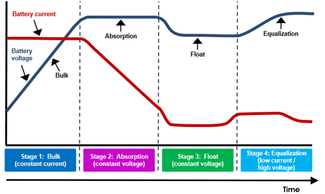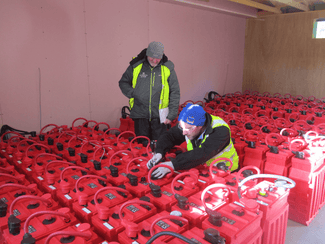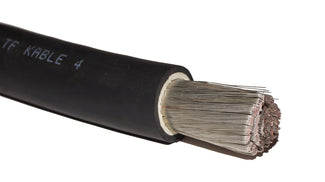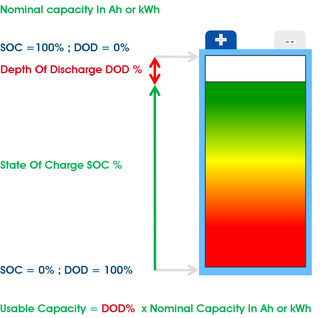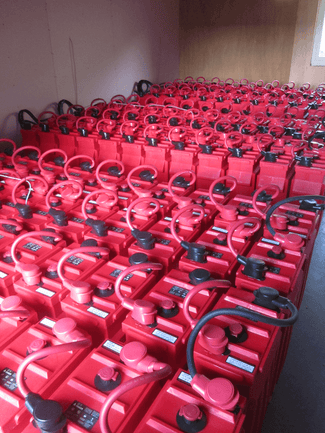Off-Grid
Storage batteries are the heart of all off-grid wind/PV or inverter electrical systems. Their function is to balance the outgoing electrical requirements with the incoming power supply. They offer a reliable source of electricity which can be used when solar or wind power is not available. Batteries are able to provide short term power output many times higher than the charging source output. In diesel generator systems they allow power to be available 24 hours/day but mean that the generator need only run for short periods to charge the battery.
On the Grid
They are also used for grid connected systems to allow surplus energy to be stored to enable greater 'self-consumption' of generated energy or to provide back-up power.
Lead Acid Batteries


Lead acid batteries are the most common type of energy storage.
All lead acid batteries are based on the same lead/sulphuric acid chemical reaction, however, they have evolved into different types - each designed for a specific need. There are two types:
- Flooded cell with a vent for gassing and topping-up with distilled water - known as vented lead acid (VLA) batteries;
- Or sealed batteries either Advanced Glass Mat (AGM) or Gel, valve regulated lead acid (VRLA) batteries with an immobilised electrolyte.
Smaller batteries look like big car batteries and contain several cells in tough plastic cases to give 6V or 12V with capacities up to ~ 200Ah.
Larger battery banks are usually made up of 2V cells ranging in capacity of ~100Ah to several thousand. Both flooded and sealed types are available.




Lithium Batteries
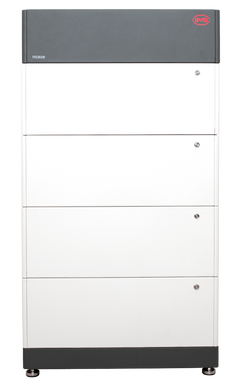
These have several advantages over conventional lead acid batteries:
- Maintenance free
- Higher energy density: more energy with less size or weight
- Higher charge & discharge currents possible so shorter charging times and bigger loads possible.
- Longer battery life (up to six times)
- Higher efficiency between discharging & charging.
- Higher continuous power available.
- More useable capacity - typically 90% + of the battery capacity is available for use.
Lithium Ion battery banks are generally supplied with a battery management system that controls the charge and discharge to ensure this is done correctly and these are usually only tested for compatibility with certain inverters/chargers.
- Not all Lithium Ion batteries are suitable for off-grid or back-up power applications.


Products
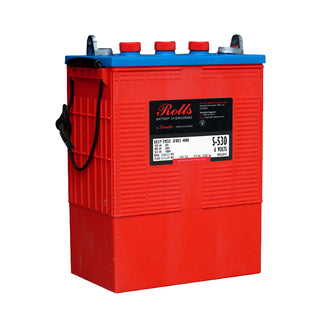
Lead Acid Batteries
Robust, reliable, dependable. A proven technology used with renewables for many years.
View collection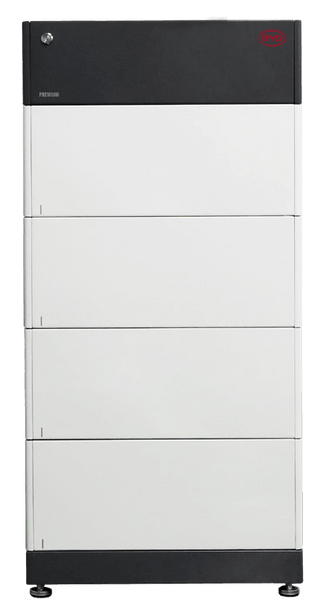
Lithium Batteries
Lithium-ion (Li-ion) batteries have several advantages over conventional lead-acid batteries:
View collection